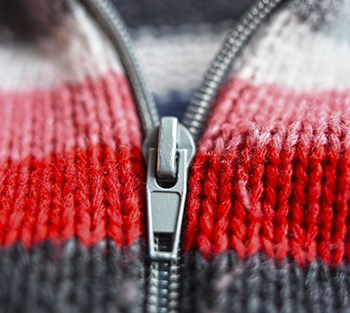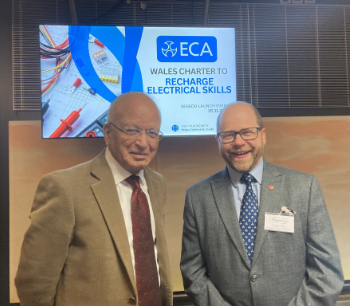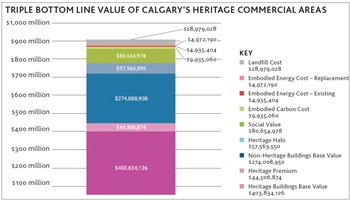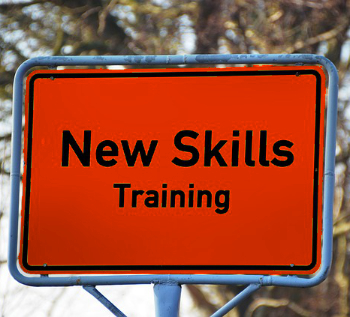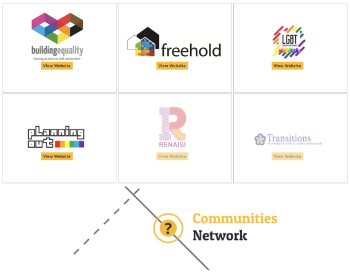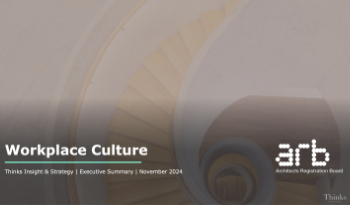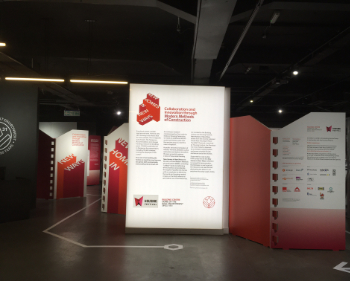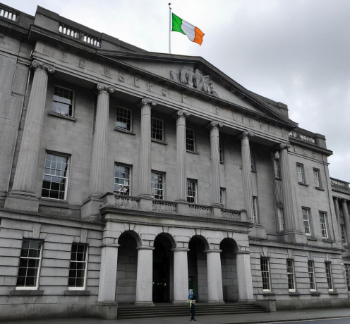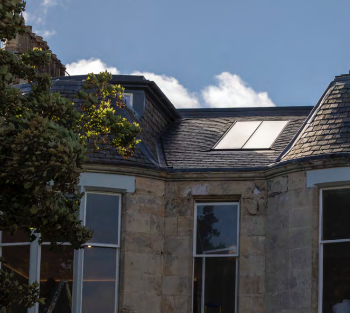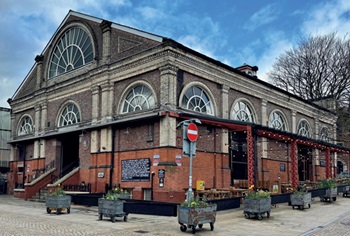Construction cameras for quantity surveying
Contents |
[edit] Importance of construction cameras to quantity surveyors
Construction projects that want to control cost, time and material often employ a quantity surveyor. The role of a quantity surveyor varies from one construction site to another but might cover; contracts, cost forecasting and cash flow, payments, valuations for the work done to date, and so on.
To facilitate theses tasks, it is important for contractors to work in tandem with quantity surveyors to capture as much data from their site as possible. Visual documentation can play an important role in establishing variations in costs on site, deliveries, disputes and waste management. Construction cameras can provide quantity surveyors with a tool that captures every moment of the construction process and can be used to support the required work.
[edit] Liability lawsuits
Disputes are common in construction projects. Construction cameras can ensure all site activities are visually documented. If claims arise the quantity surveyor can verify such claims by going back to the recorded clips of the said day and time to ascertain before raising/lowering the value for works done. Software available can scan an image and make a comparison to the current status against a past selected dates, which can help to verify any claims.
[edit] Extended valuation overview
One of the main functions of the contractor’s quantity surveyor is to ensure that payment for works done on site are timely and paid in full. For most contractors, interim valuations and certificates form their only source of income, from which they fund the whole of their building operation. In general, building contracts provide within their conditions regular and timely payments to the contractor. This includes the physical measurement of the work on the site and materials delivered. The valuation for interim certificates should be made as accurately as is reasonably possible, and the contractor is entitled under the terms of the contract to the full value of work executed on site, less a specified retention sum.
This particular QS role has had its own share of challenges following the ‘new norm’ of operating in the pandemic. Such a challenge as ensuring little to no human contact as per the covid-19 regulations affects physical measurement of the works on site. With installation of construction cameras, the QS is provided with an extended overview of the construction progress.
[edit] Time and materials
One of the key concerns of a developer is ensuring that the desired building is constructed within budget and on time, which involes monitoring and controlling costs and use of materials throughout the duration of a construction project. Installing a construction camera on site goes a long way to contribute to achieving this goal, along with supporting software. A QS ican potentially tell the quantity of earthworks done by a particular date, the type of vehicles that enter and exit the site and what material has been brought on site. This helps the QS to calculate the amount of material used so far and how much more may be needed as per the projections in the bill of quantities.
[edit] Budget tracking
A quantity surveyor might be in charge of the budget, cameras can provide h a systematic way of overseeing the project remotely and minimise risks as they arise. Hi quality cameras allow for digital zoom of up to 18-times alowing details checks and balances.
[edit] Monitoring progress
Variations and modifications of initial designs will affect the cost of the project. The QS ensures that the information provided by BIM is consistent with the design. Construction cameras can have BIM integration facilitating the ability to monitor consistency of design or ensure that any changes are reflected in all associated contract documents, and cost checks.
[edit] Related articles on Designing Buildings
- Anthony Weller - Architectural photographer.
- Architectural photography.
- Construction cameras.
- Digital mapping and cartography.
- Drones.
- Grant Smith - Architectural photographer.
- How to commission architectural photography.
- LIDAR.
- Photographing buildings.
- Photographing Historic Buildings.
- Simon Kennedy - Architectural Photographer.
Featured articles and news
How people react in ways which tend to restore their comfort.
Comfort is a crucial missing piece of the puzzle.
ECA launches Recharging Electrical Skills Charter in Wales
Best solutions for the industry and electrical skills in Wales.
Heritage conservation in Calgary
The triple bottom line.
New homebuilding skills hub launch and industry response
Working with CITB and NHBC to launch fast track training.
Building Peoples Network of Networks
Amplifying voices and giving support to people from diverse and under-represented groups in construction.
Experiences of discrimination and sexual misconduct rife
Reveals ARB research into architectual workplace culture.
About the 5 Percent Club and its members
The 5% Club; a dynamic movement of employers committed to building and developing the workforce.
New Homes in New Ways at the Building Centre
Accelerating the supply of new homes with MMC.
Quality Planning for Micro and Small to Medium Sized Enterprises
A CIOB Academy Technical Information sheet.
A briefing on fall protection systems for designers
A legal requirement and an ethical must.
CIOB Ireland launches manifesto for 2024 General Election
A vision for a sustainable, high-quality built environment that benefits all members of society.
Local leaders gain new powers to support local high streets
High Street Rental Auctions to be introduced from December.
Infrastructure sector posts second gain for October
With a boost for housebuilder and commercial developer contract awards.
Sustainable construction design teams survey
Shaping the Future of Sustainable Design: Your Voice Matters.
COP29; impacts of construction and updates
Amid criticism, open letters and calls for reform.
The properties of conservation rooflights
Things to consider when choosing the right product.
Adapting to meet changing needs.







